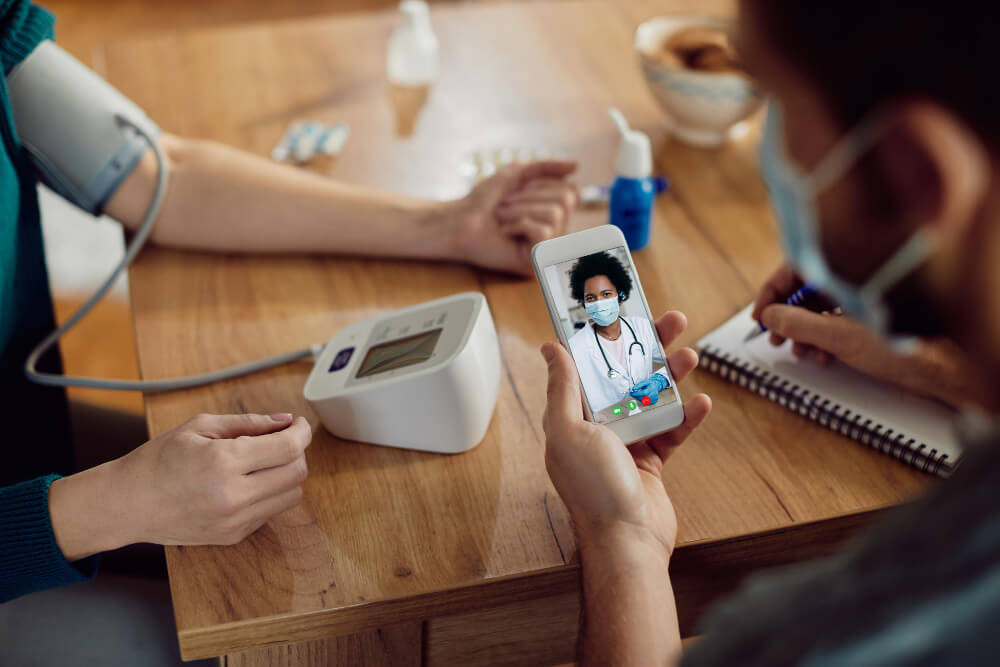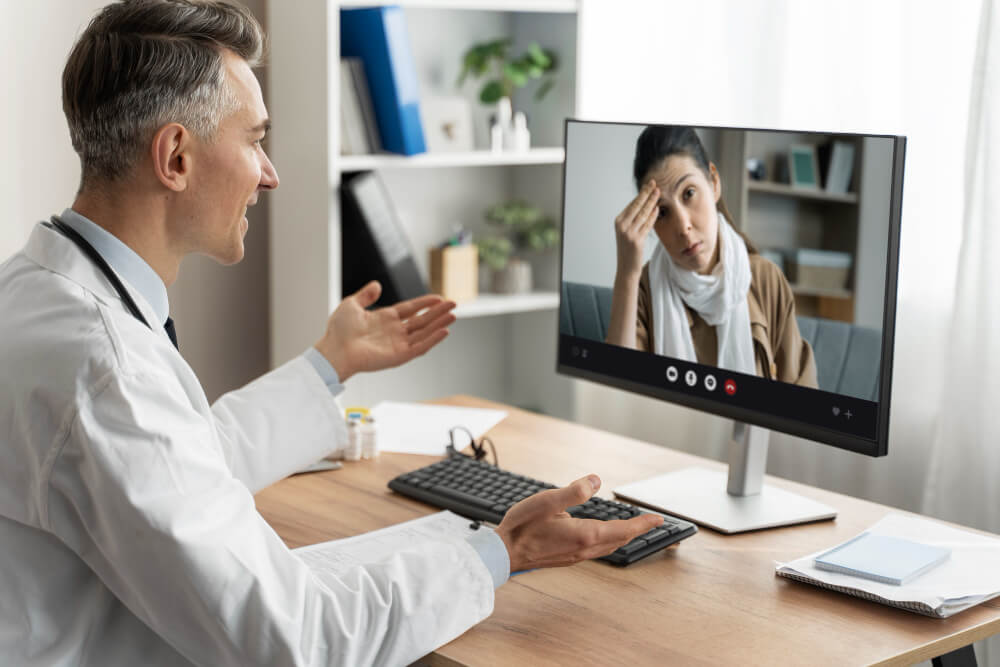Urgent Care Telehealth: A Convenient Option for Treating Bruises
Bruises are a common occurrence in everyday life. A sudden bump, fall, or even minor pressure can cause blood vessels beneath the skin to rupture, leading to discoloration and tenderness. While most bruises heal on their own within a couple of weeks, sometimes seeking medical attention becomes necessary. However, traditional urgent care visits can involve waiting rooms and inconvenient scheduling. Fortunately, the rise of telehealth within urgent care centers presents a game-changer, offering a convenient and efficient solution for managing bruises.
Benefits of Telehealth for Bruises
Telehealth consultations at urgent care centers provide several advantages for treating bruises:
- Convenience: The biggest perk of urgent care telehealth is the ability to connect with a healthcare professional from the comfort of your own home. This eliminates the hassle of traveling to a clinic, especially when dealing with pain or limited mobility due to the bruise.
- Efficiency: Telehealth appointments often boast shorter wait times compared to in-person visits. You can schedule a consultation at your convenience, allowing you to quickly receive medical advice and a treatment plan without disrupting your day.
- Accessibility: For individuals with busy schedules, limited mobility, or transportation difficulties, telehealth offers an accessible solution for medical care. It’s also convenient for those residing in remote areas with limited access to urgent care facilities.
- Cost-Effectiveness: Urgent care telehealth consultations are typically more affordable than in-person visits. This can be a significant benefit, especially if the bruise doesn’t require extensive treatment or diagnostic testing.
When is Telehealth From Urgent Care Appropriate for Bruises?
While telehealth consultations offer numerous advantages, they aren’t suitable for every bruise. Here’s a breakdown of situations where urgent care telehealth can be an effective option:
- Simple Bruises: For uncomplicated bruises with minimal pain and swelling, a telehealth visit allows a healthcare professional to assess the injury, provide reassurance, and recommend home treatment options like rest, ice application, and pain medication.
- Monitoring Existing Bruises: If you’ve already visited urgent care in person for a bruise and are following a treatment plan, a telehealth follow-up can be convenient to discuss any concerns or changes in symptoms.
- Seeking Clarification: If you’re unsure whether a bruise requires medical attention, a telehealth consultation can clarify the situation. The healthcare professional can provide guidance based on the location, severity, and any accompanying symptoms.
When to Seek In-Person Urgent Care for Bruises
Despite the benefits of telehealth, certain situations necessitate an in-person visit to an urgent care center for a bruise:
- Severe Pain or Limited Mobility: If the pain associated with the bruise is severe or interferes with your ability to move or perform daily activities, an in-person visit is crucial. The healthcare professional can perform a physical examination to assess the extent of the injury and determine the appropriate treatment plan.
- Signs of Infection: If the bruised area exhibits signs of infection, such as swelling, redness, warmth, or pus drainage, an in-person visit is essential for proper diagnosis and antibiotic treatment if necessary.
- Head Injuries: Bruises on the head, especially those accompanied by dizziness, headache, or confusion, warrant an in-person evaluation at urgent care to rule out more serious injuries like concussion.
- Underlying Medical Conditions: If you have pre-existing medical conditions that affect blood clotting or healing, an in-person visit allows the healthcare professional to assess the potential impact on your bruise and recommend appropriate treatment.
What to Expect During a Telehealth Consultation for Bruises
A telehealth consultation for a bruise at an urgent care center typically involves the following:
- Medical History Review: The healthcare professional will inquire about your medical history, including any pre-existing conditions and medications you take.
- Symptom Description: You’ll need to describe the bruise in detail, including its location, size, color, and any associated pain or swelling.
Virtual Examination: Using a video call, the healthcare professional may ask you to move the affected area to assess your range of motion. In some cases, they may request pictures of the bruise for a more comprehensive evaluation. - Diagnosis and Treatment Plan: Based on the information gathered, the healthcare professional will diagnose the bruise and develop a treatment plan. This may involve recommendations for pain management, home remedies like rest and ice application, and follow-up instructions.


